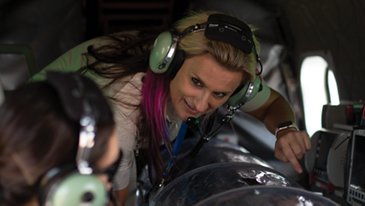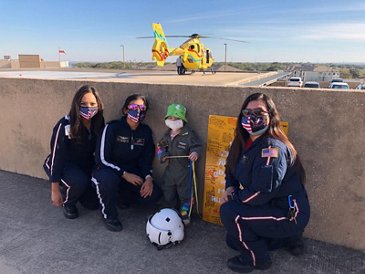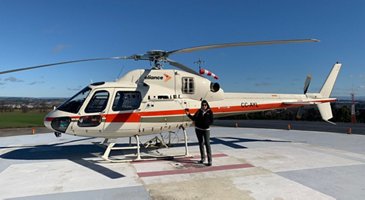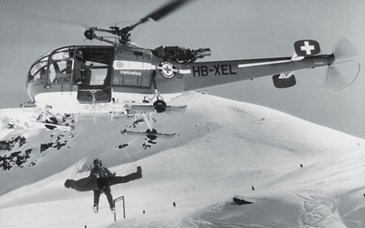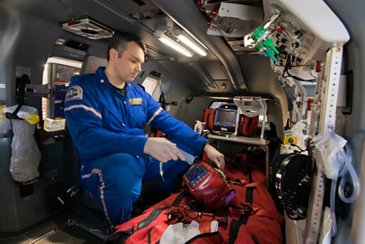
Saving lives
Helicopter emergency medical services
Helicopters can reach the scene of an accident three to five times faster than ground vehicles and are sometimes the only possibility for difficult-to-access terrain. In such cases, medical care can be administered sooner and the chance of survival goes up significantly. Helicopters may seem like an obvious choice for quickly bringing rescue teams to accident sites and patients to hospitals, but the path to having Helicopter Emergency Medical Services (HEMS) as a part of everyday life took many pioneers in the industry, working together to help make the world safer.
In celebration of that legacy, Airbus is featuring HEMS operators from around the world who helped push the boundaries and are working every day in the fight to save lives.
Photos
HEMS operator, HALO Aviation
While many operators in South Africa decided the risk was too high to transport possible COVID-19 patients onboard, HALO adapted their procedures, equipment and behaviour to ensure their teams’ protection while ensuring the same high quality of EMS service to the public.
Read moreBabcock & SAMU 06 "Guardian angel"
In the Alpes-Maritimes region of southern France, the yellow helicopter of France’s emergency medical service, SAMU 06, is known as a guardian angel. Attached to the Centre Hospitalier Universitaire de Nice (CHU) and based at Hospital Pasteur 2, SAMU 06 is part of a network of 105 SAMUs (the French acronym for: Urgent Medical Aid Service) that began in the 1960s to provide emergency medical services in France, with helicopter operations taking shape in the 1980s.
Read moreDRF Luftrettung
In 2014, DRF Luftrettung was the launch customer for the new H145 with Airbus’ signature Fenestron shrouded tail rotor. From the fourth quarter of 2020, DRF Luftrettung will modify its H145 helicopters from the current four-blade main rotor configuration to the five-blade arrangement.
Read moreSwiss Air-Rescue Rega
Swiss Air-Rescue Rega is one of the world’s oldest air rescue organisations, responding to accidents in the Swiss Alps where sites are difficult to reach from the ground. Rega has achieved many milestones in the course of its history and continues to set standards in mountain rescue today.
Read more